With low startup costs and the allure of scarcity to draw customers quickly, pop-up restaurants are a great investment for starting a new restaurant or looking to expand. It’s also a useful tool for adding something special to an event or promoting a product. The most successful pop-up restaurants rely on novelty as well as […]
With low startup costs and the allure of scarcity to draw customers quickly, pop-up restaurants are a great investment for starting a new restaurant or looking to expand. It’s also a useful tool for adding something special to an event or promoting a product.
The most successful pop-up restaurants rely on novelty as well as quality. We look at 15 pop-up restaurant ideas with examples to inspire your imagination.
What Is a Pop-up Restaurant Business?
Pop-up restaurants are temporary restaurants. They might be in tents or RVs, take over empty buildings for a short time (like Spirit Halloween), or share a building with another restaurant. They usually focus on great food and experiences and appeal to foodies.
Restaurateurs can use pop-up restaurants for special events, to try out new menu items, or to test out a new location before investing in a permanent home.
Interested in opening a full-scale restaurant instead? Check out our article on how to open a restaurant and get off to a great start.
It’s hard to sell food items online because people can’t taste them to fall in love with them. Pop-up restaurants and cafes are a great way to introduce your product to new customers. Half-Moon Coffee and Upful Blends are popular food pop-ups with cafes in Florida, but when you go to their websites, they only talk about their coffees and teas.
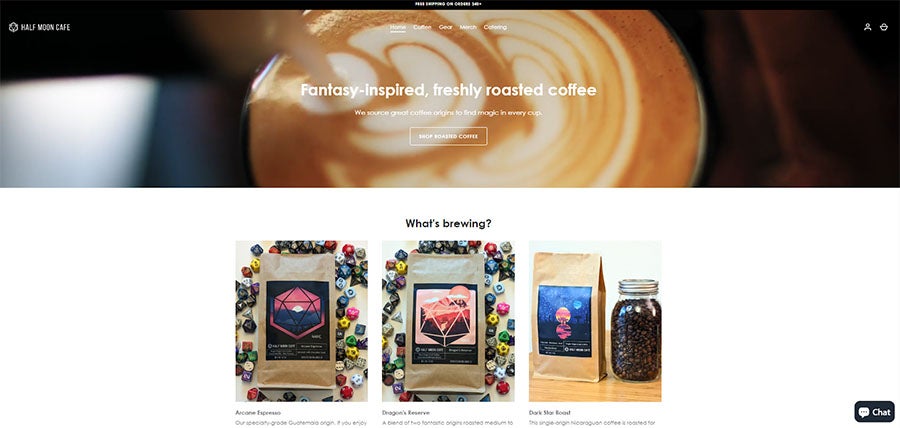
A pop-up restaurant can be a great way to indulge your love for a show, comic, time in history, or cultural icon. From Top Gun to Breaking Bad, international celebrities to local history, the possibilities are as wide as your enthusiasm. Be careful about copyrighted materials and trademarks, however.
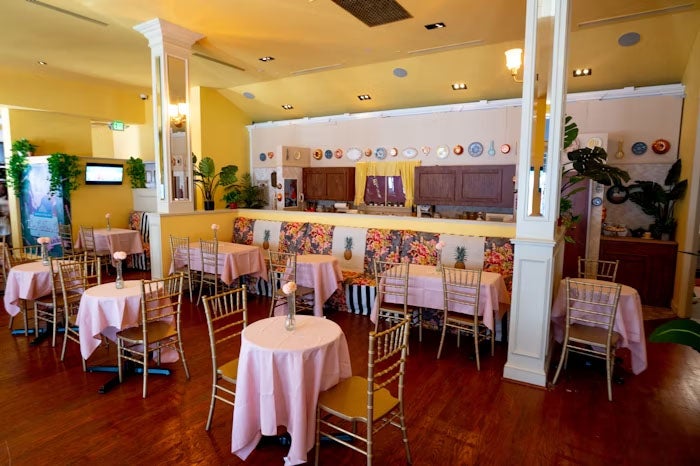
While most pop-ups are in high-traffic (usually urban) areas, some successful pop-ups find exotic locations to make the scenery part of the experience. Pop-up shop ideas outside might be beachside, at the base of the Rockies, or maybe at a winery while the grapes are plump and colorful. You’ll have to pay attention to the weather, of course, but it’s also great for events or cooperative efforts. For example, at a winery, you might feature their wines at the table.
Part of ensuring a successful pop-up dining experience for your customers is ease of payment, even on the go. A point-of-sale (POS) system enables flexible payment processing, even on mobile devices or tablets.
Just like themes, causes can make a great hook for a pop-up, especially if you can make an experience out of them. Seafood Stories, for example, combines great seafood meals with education on supporting healthy oceans. Each dinner has a conservation theme, from species of fish to supporting fishermen. Give your cause voice in your pop-up menu, decor, and with some of the profits going to a charity.
Restaurant pop-ups are a great opportunity to work with other great culinary minds. Collaborating with another chef, mixologist, or winemaker can boost both of your brands by leveraging both of your audiences. You don’t have to stop at chefs—depending on your menu, a beer brewer, spirit distiller, or coffee roaster could be a perfect match.
New York City-based the Yellow Rose specializes in Tex-Mex cuisine and runs a popular sideline in collaborative pop-ups with breweries like Philadelphia’s Meetinghouse Beers and spirits brands like Pollinator Spirits.

This pop-up idea requires a chef with skill and imagination, as you move from place to place creating signature dishes using local foods and the cuisine of the area. You’ll source locally and seasonally and provide a unique or upscale version of regional favorites like New Orleans gumbo or chili rellenos made from Pueblo chilis.
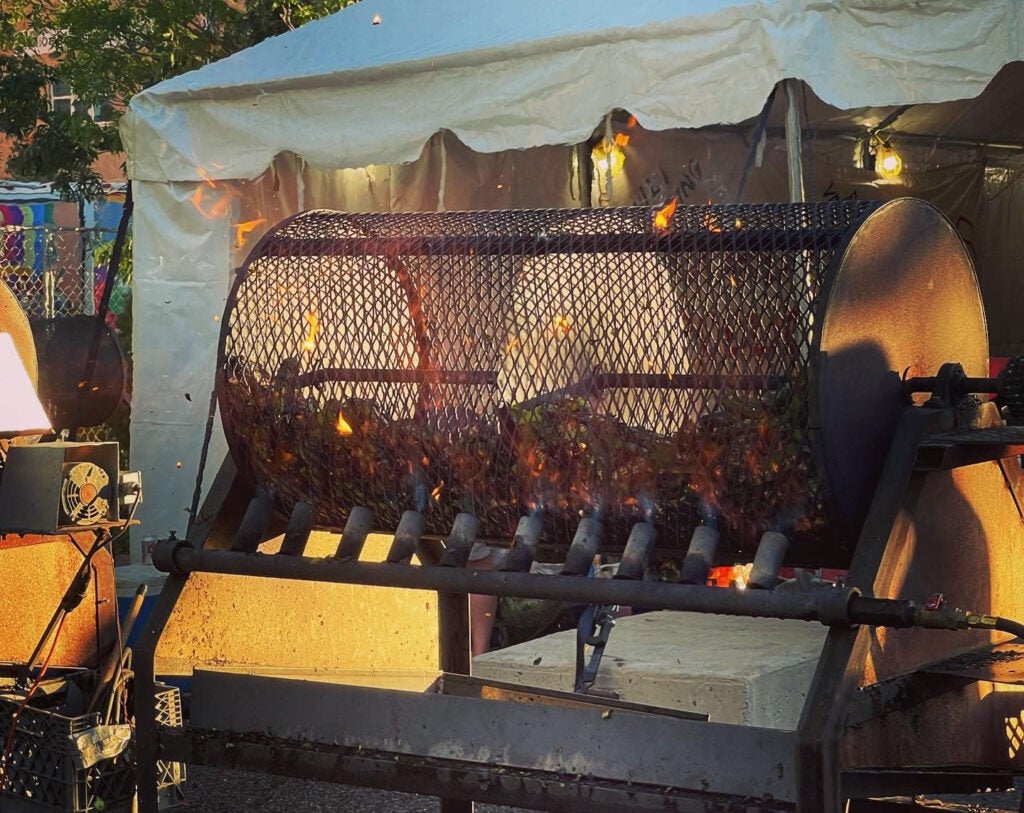
If you’re interested in changing your pop-up restaurant menu, but not sure how diners will react, then a pop-up makes an inexpensive way to test the waters. Use it to experiment with vegan alternatives, gluten-free meals, or a new way of preparing an old standby. The great thing about pop-ups is people expect the menu to change, you can quickly pivot if something does not work out.
Get a good POS system: Part of creating a great dining experience is ease of payment. Part of that depends on having a point-of-sale system that is inexpensive and easy to use.
Pop-ups aren’t always tents or empty buildings; sometimes, you can work inside another restaurant. An easy way to do this is by providing a complimentary meal. Offer just breakfasts in a restaurant that opens at lunch. Or work side-by-side, offering simple entrees at a dessert shop.
When looking for a location, think of opportunities too. A busy hardware store might be the perfect place for your hot-dog-and-subs pop-up. What if you gave a discount if customers showed their receipts? If there is a busy business center with a plaza, can you get a break on the lot rent if you give a discount to the people working in their offices? What kind of deal can you get from a grocery store if you promise to cook with their foodstuffs?
Consider Fishcake Furniture + Decor + Art in Honolulu, Hawaii; this decor showroom hosts a rotating list of local pop-up food vendors in its “Fishcafe.” Fishcake can showcase its products to pop-up attendees, and micro food businesses get a culinary incubator that helps them build a fanbase.
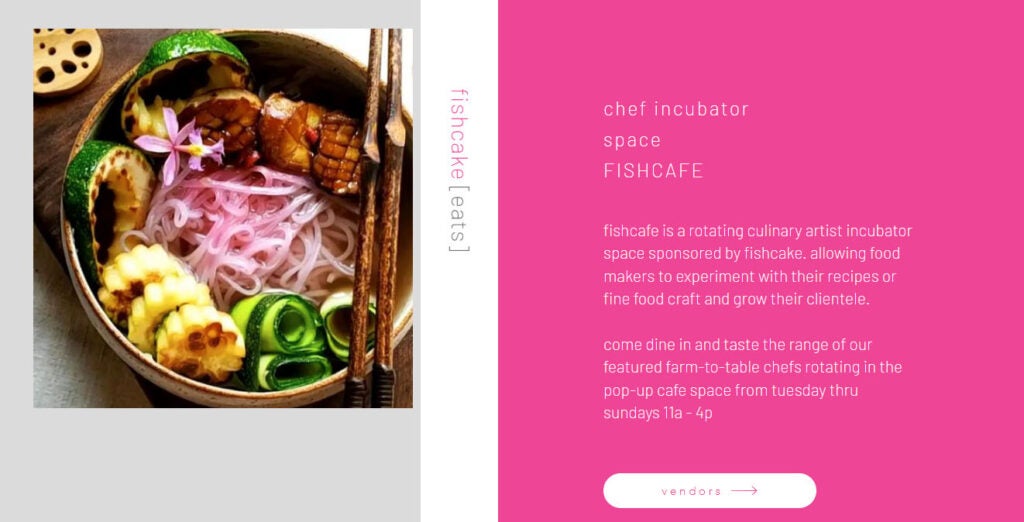
Get permission: Larger companies, like Lowe’s, require you to get permission from their regional or national office or its designated representative. This can be a lot of paperwork. Independent stores might be easier to work with and more willing to make deals.
Rather than just serving up great food, why not make pop-up dining a complete experience and sell tickets? You might provide a multicourse meal, a cooking demonstration, wine (or pasta sauce) tasting, or some combination of dining and entertainment. This pairs well with themes and causes. You can change up events by time or even by location—an upscale seven-course meal for the high-end part of town, a casual meal served by local comedians for downtown.
Instead of looking for location, seek occasion. Offer your pop-up restaurant for corporate functions, private events, parties, or community get-togethers. In this case, you’ll discuss the menu with the organizers and charge for the entire experience rather than by meal.
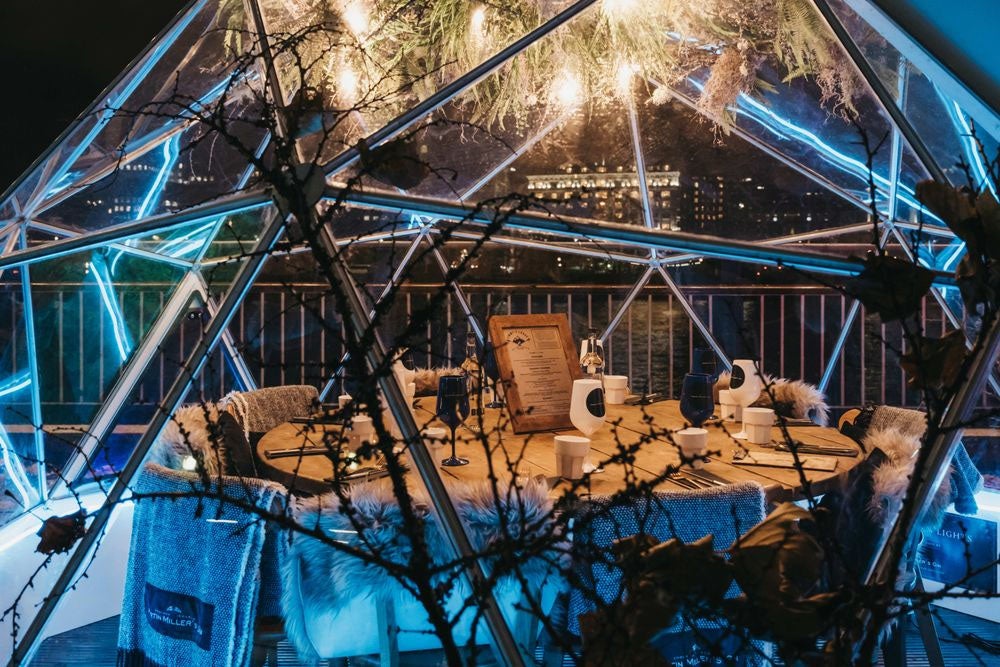
Fusion cuisine is a growing trend, but does it always work? With a pop-up, you have more freedom to experiment, so if your sushi-marmalade-taco is not the hit you’d hoped, you can turn your attention to your next great experiment.
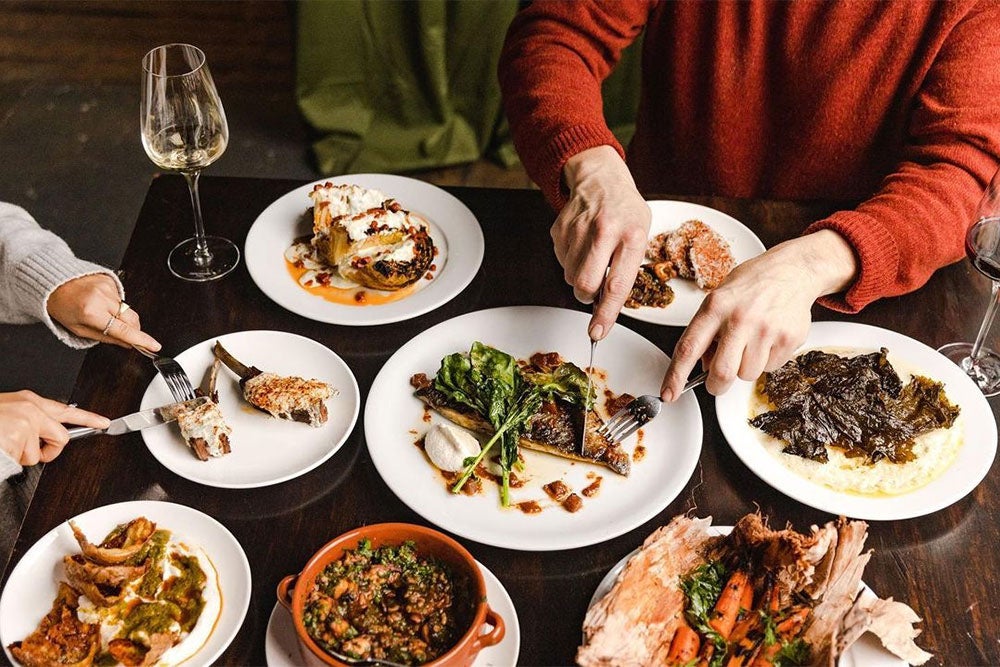
Fusion can be fun, but many successful pop-ups focus on the one food they love, perfecting it over time. One pop-up restaurant example of this is The Burger Jawn, which focuses on just four amazing burgers at a time. They’ve perfected the meat and experimented with toppings. Diners can check out its website for locations and menu.
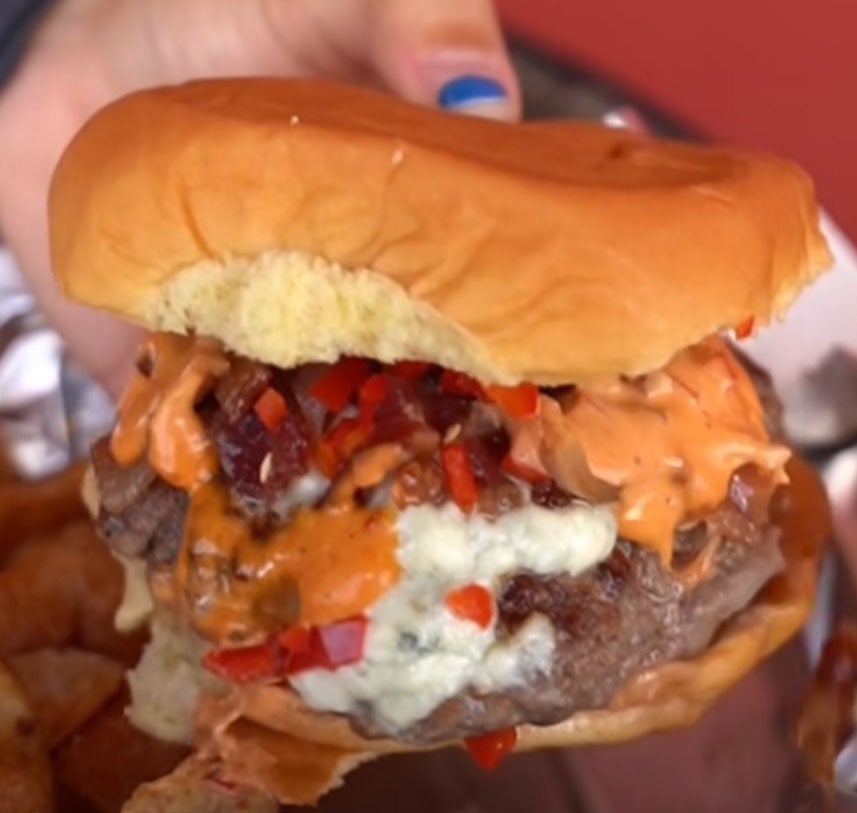
Take advantage of a small space with a speakeasy theme. Opt for exotic ingredients like ostrich. Require reservations—even for your tent. Exclusivity can be a risky choice but with the right marketing and customer base, it can prove profitable—just be sure you’re worth the price and trouble!
Not all pop-up restaurants are location-based. In some locations, you can host a pop-up restaurant from your home, making your overhead practically nothing. You’ll still need to adhere to local food safety and zoning laws, so check with your local health department and zoning board before proceeding. If your pop-up is based around baked goods or other foods that can be safely held at room temperature for extended periods of time, you’re more likely to get the support of food safety authorities.
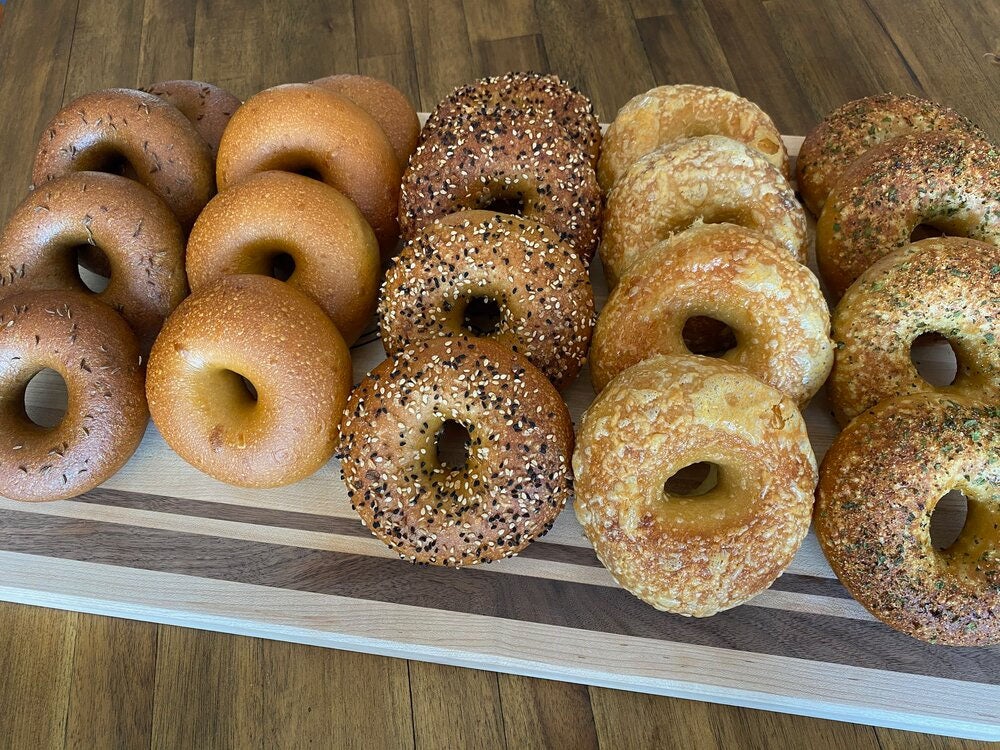
You often hear about “underground” pop-up restaurants that host dinner parties in a private home without the proper food safety licensing. This can be a risky maneuver. If your underground pop-up is the source of a foodborne illness, you could be personally liable for any customers that become ill. And if the health department finds out, it could prevent you from getting approved for future food safety permits.
Check out some of the most common questions people ask about pop-up restaurant ideas.
Generally, yes. They have lower start-up costs and often lower overhead. Plus the novelty and scarcity of the pop-up model means you can command higher prices than traditional restaurants. Great pop-up shop table ideas make your restaurant more valuable.
Some of the most commonly touted pros for pop-up restaurants are low start-up costs, novelty, lower risk, less pressure/more room to be creative, mobility, and the ability to move to high-traffic areas.
“Pop-up restaurant” is the most common term, but other names include:
That depends on you. Pop-ups can last as little as a day, while others will stay in a location for years. Sometimes, a pop-up restaurant will transition to something permanent, especially if the purpose of the pop-up was to test the concept and it proved successful. It can depend on location, customer demand, and funding.
High-traffic areas are ideal for pop-ups as are events where you can cater to a ready set of customers. However, you can also set up your pop-up where you might consider having a permanent location to test the market there.
Pop-up restaurants are a low-cost way to indulge your culinary imagination, try out new models, and test locations. Many owners never transition to a permanent restaurant, enjoying the freedom the pop-up brings. To make it work, however, you need a unique angle. Let our 15 pop-up restaurant examples spark your imagination. What’s your great pop-up restaurant idea?
Mary King is a veteran restaurant manager with firsthand experience in all types of operations from coffee shops to Michelin-starred restaurants. Mary spent her entire hospitality career in independent restaurants, in markets from Chicago to Los Angeles. She has spent countless hours balancing tills, writing training manuals, analyzing reports and reconciling inventories. Mary has been featured in the NY Post amongst other publications, and in podcasts such as Culinary Now where she discussed starting your first restaurant, how to leverage your community and avoiding technology traps.
Property of TechnologyAdvice. © 2026 TechnologyAdvice. All Rights Reserved
Advertiser Disclosure: Some of the products that appear on this site are from companies from which TechnologyAdvice receives compensation. This compensation may impact how and where products appear on this site including, for example, the order in which they appear. TechnologyAdvice does not include all companies or all types of products available in the marketplace.